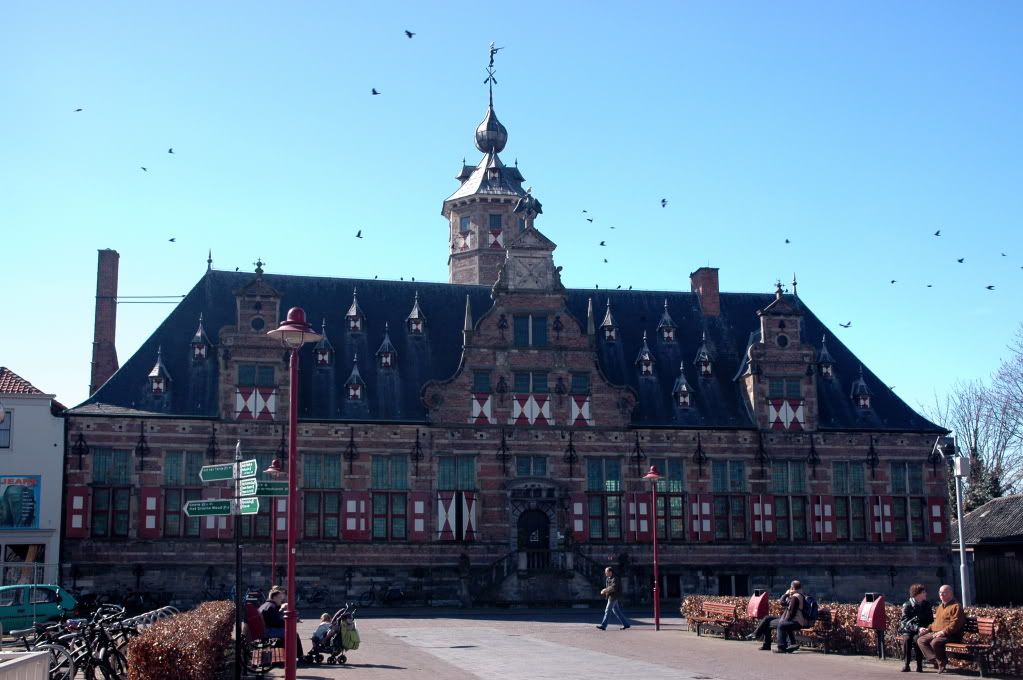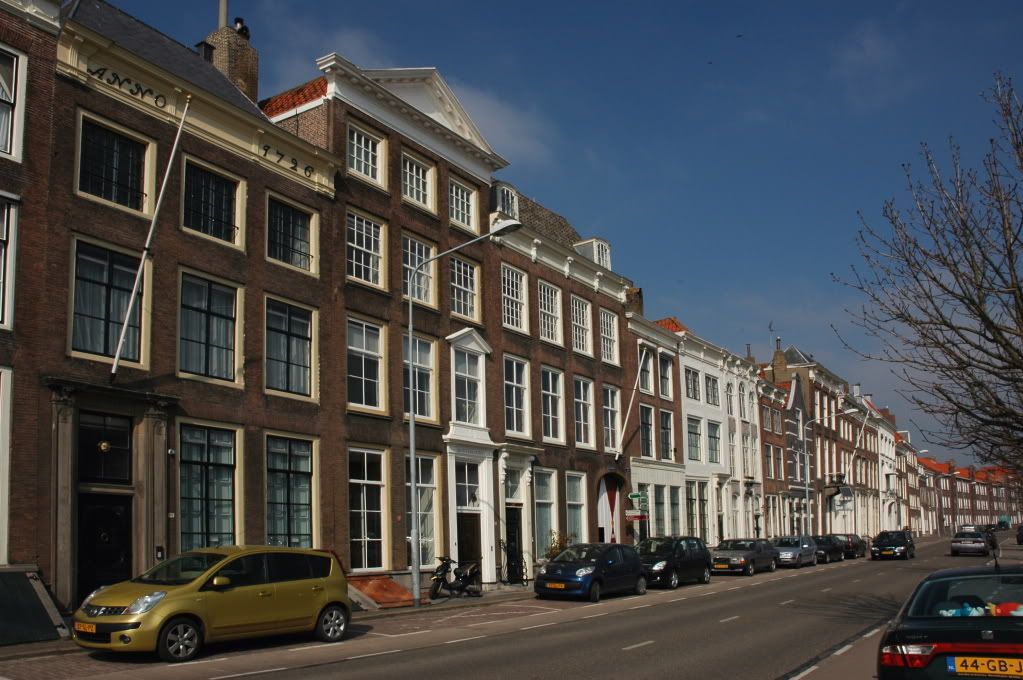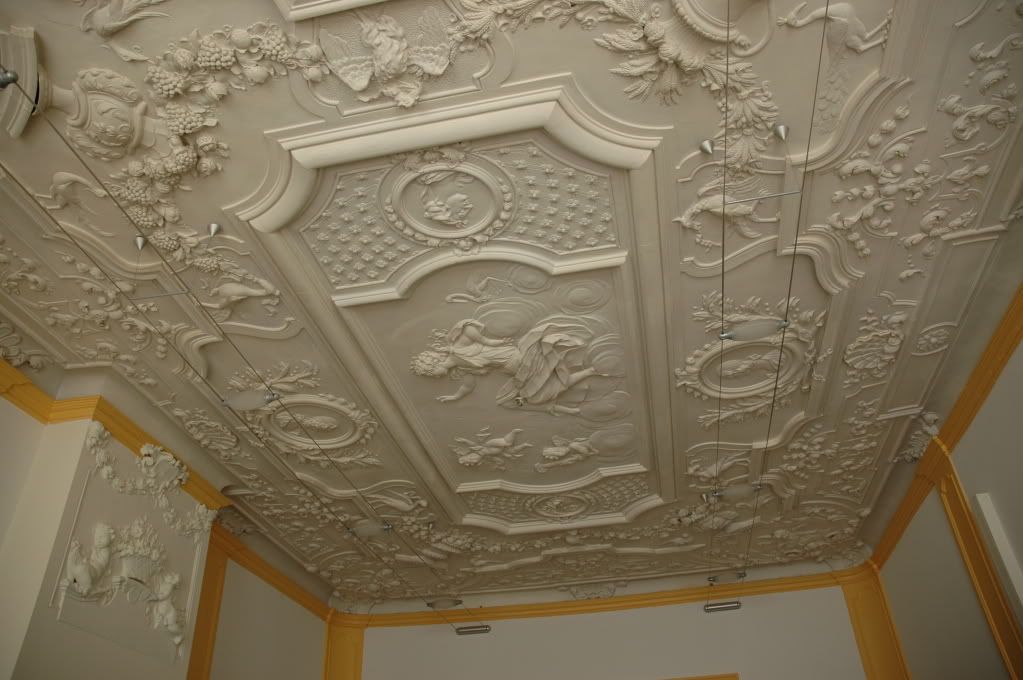Here are some pictures I took yesterday and today during my lunch break. It is the city I work,
Middelburg.
History of MiddelburgThe city of Middelburg dates back to the early 9th century or possibly the late 8th century. The first mention of Middelburg was as one of three fortified towns (i.e., borgs) erected on Walcheren (then an island) to guard against Viking raids. In 844 a monastery was built on the site, which remained in use until the Eighty Years' War (1568 — 1648), when the northern Netherlands won their independence from Spain.
Middelburg was granted city rights in 1217. During the Middle Ages, it became an important trading centre in the trade between England and the cities of Flanders. Later, in the 17th century (the Dutch Golden Age), it was an important centre for the Dutch East India Company.
Much of the old city center was bombed flat on May 17, 1940 by the German Luftwaffe, to force the surrender of the Dutch armies in Zeeland. After the war, much of the centre was rebuilt as much as possible along prewar lines. The city's archives, however, were lost to the flames.
After the reconstruction, modern Middelburg has re-gained much of its historic character. There are lavish 17th and 18th century merchant houses and storehouses standing along canals, of a similar style as found in cities like Amsterdam. The old city moats are still there, as is one of the city gates, the Koepoort gate. Part of the 18th century moat and defence works however were demolished in the 19th century to make way for a Canal which crosses Walcheren from Vlissingen to Veere. The medieval abbey is used today as a museum and as the seat of the provincial government.













 This is our conference room. It was the office of the German Wehrmacht commander for the province of Zeeland during WWII. It has a beautiful ceiling!
This is our conference room. It was the office of the German Wehrmacht commander for the province of Zeeland during WWII. It has a beautiful ceiling!




































